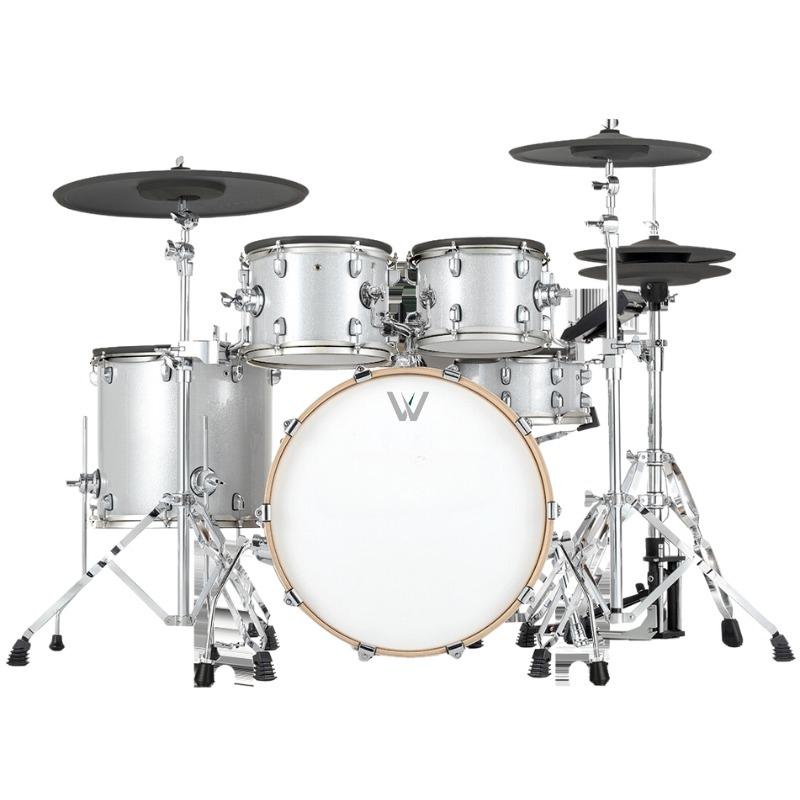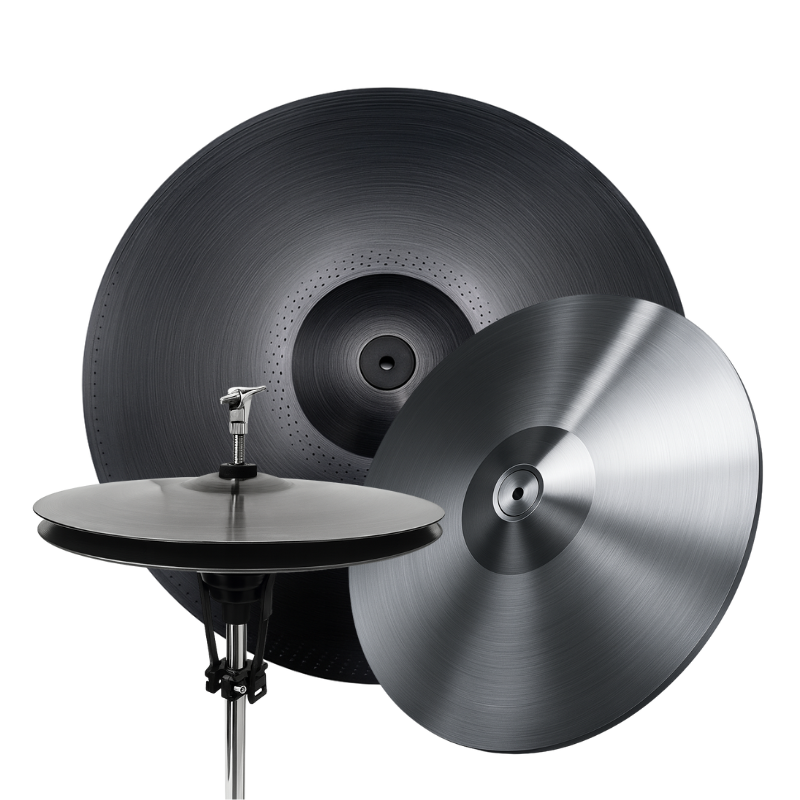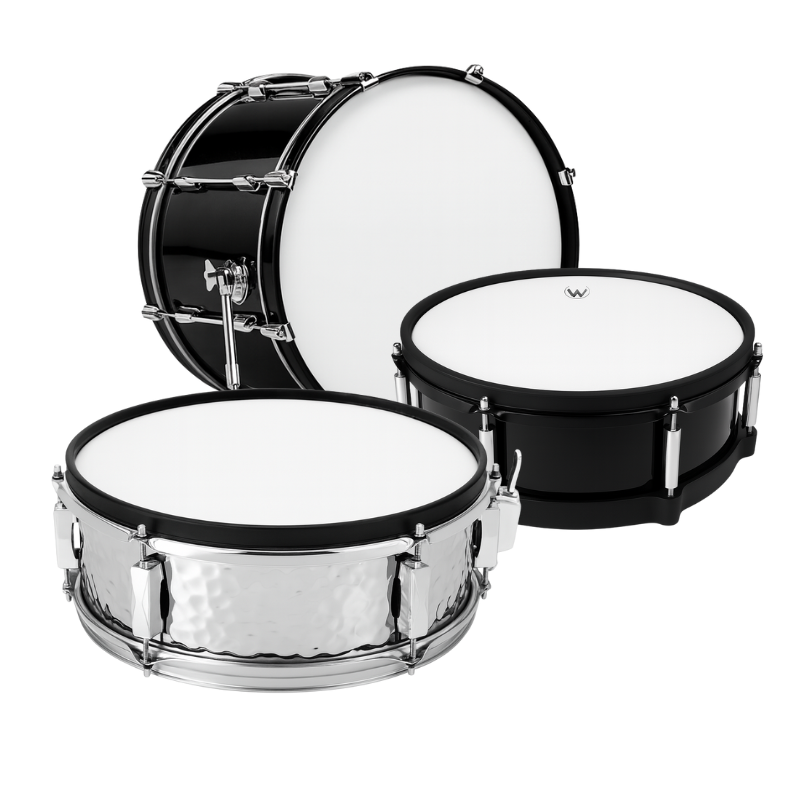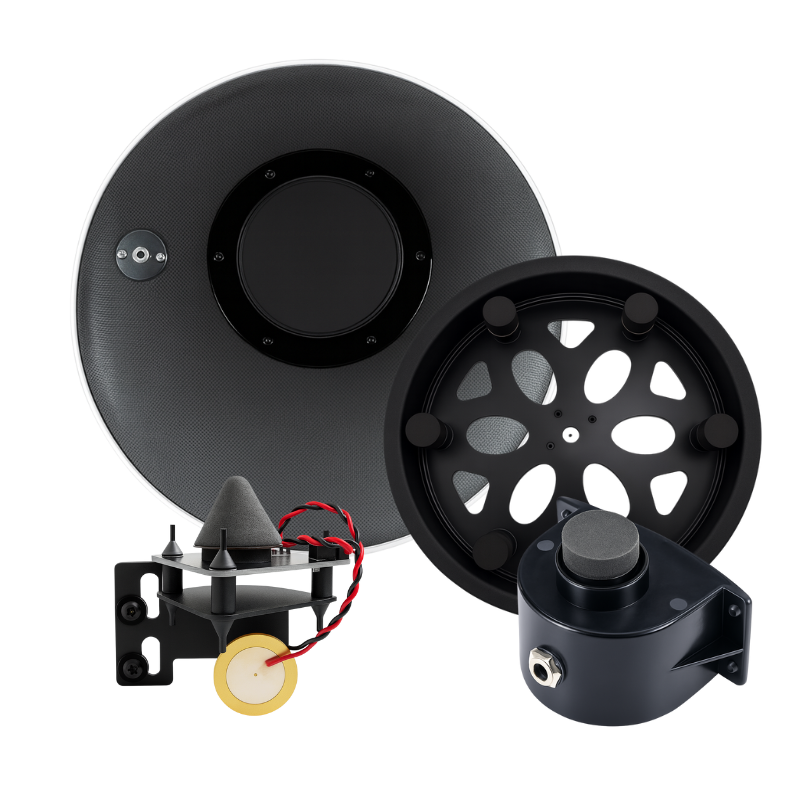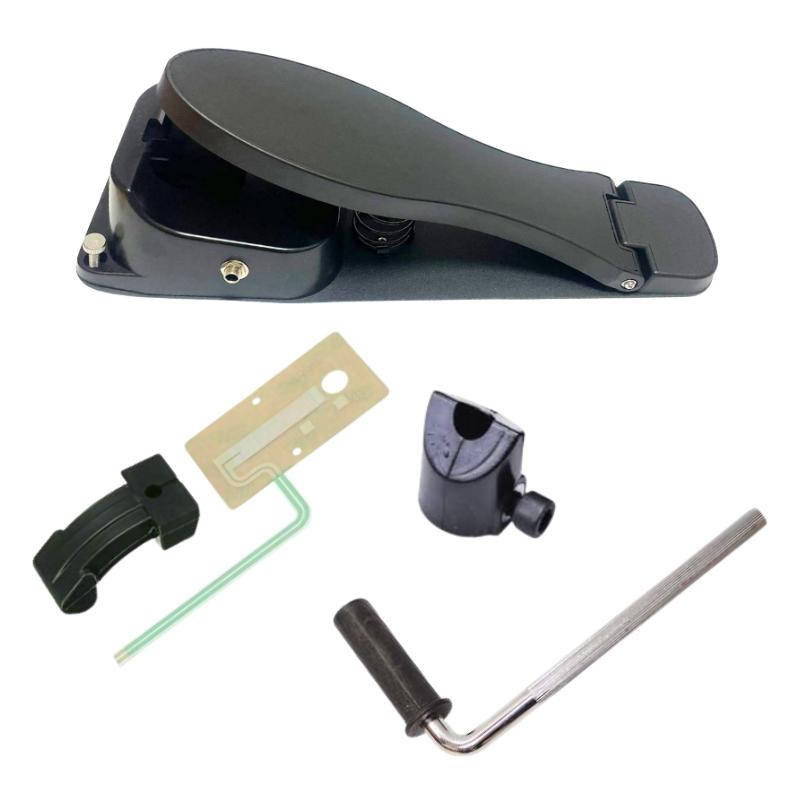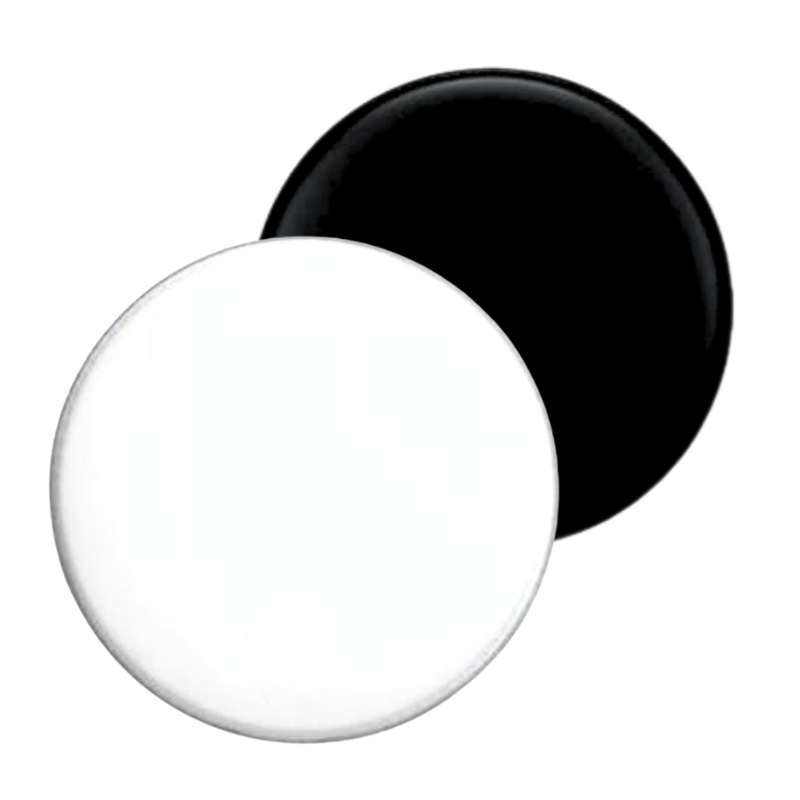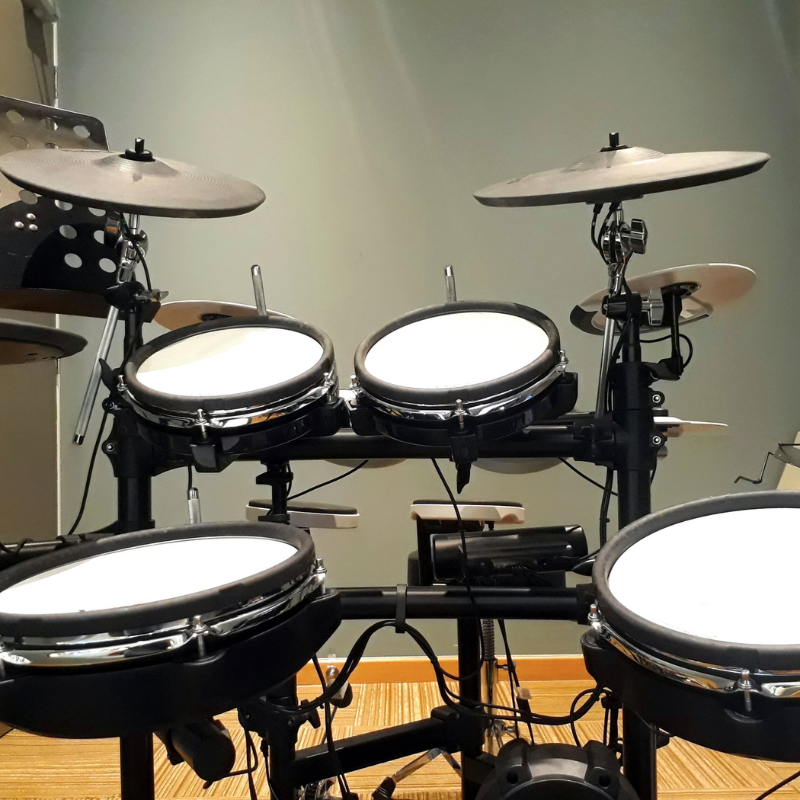
How to Record Electronic Drums with Your Phone: A Complete Guide
Share
Recording your electronic drums with your phone is one of the most convenient ways to capture your performances for practice, social media, or even professional content creation. Modern smartphones are powerful enough to record high-quality video, and with the right setup, you can also capture crystal-clear audio directly from your drum module instead of relying on the phone’s built-in microphone.
In this guide, we’ll walk through everything you need to know to connect your electronic drum kit to your phone, sync audio and video, and create recordings that sound as good as they look.
Why Record Directly from Your Module?
When you record using only your phone’s built-in microphone, the result will capture room noise, unwanted background sounds, and a less accurate representation of your drum performance. Recording directly from the module allows you to:
Capture the exact sound of your drum kit’s samples.
Avoid ambient noise and distortion.
Achieve consistent volume levels.
Make your recordings sound professional and clean.
Understanding the Connection Types
Different drum modules and phones have different connection requirements. Here are the most common setups:
For iPhone (Lightning port)
Use an audio interface or adapter that supports Lightning input. Common options include compact mobile interfaces that connect directly to your phone.
For Android (USB-C port)
Many Android devices can use a USB audio interface with a simple USB-C to USB adapter (OTG).
For Headphone Jack Inputs (TRRS)
Some older phones still feature a headphone jack. You can connect your module’s audio output using a TRRS-compatible cable to feed stereo audio into your phone.
Step-by-Step Recording Setup
Check Your Drum Module Outputs
Most electronic drum modules have either 1/4" stereo output, individual mono outputs, or a headphone output.
Choose the Right Cable or Interface
Match the cable to your module’s output and your phone’s input type. For example, 1/4" to TRRS cable for direct headphone input, or 1/4" to an audio interface for Lightning/USB-C connections.
Connect the Module to the Phone
Secure all connections to avoid crackles or disconnections while playing.
Select a Recording App
While you can use your phone’s default camera app, third-party apps allow more control over audio levels and quality. Examples include open-source camera apps or mobile DAWs.
Test and Adjust Levels
Play your drums at full strength to ensure you’re not clipping (distorting) the signal. Adjust output volume on your module if necessary.
Record and Review
After recording a short clip, play it back to ensure both video and audio are in sync and sounding clear.
Synchronizing Audio and Video
If you choose to record audio separately from the video (for example, recording audio into a DAW and video on your phone), you can sync them afterward using video editing software. The easiest way to sync is to perform a sharp sound at the start of the recording, such as a rimshot, so you can match the waveform with the visual cue.
Pro Tips for Better Results
Lighting Matters – Good lighting can make your videos look far more professional.
Camera Position – Place your phone where it captures both your movements and the kit clearly.
Stable Mounting – Use a tripod or phone mount to avoid shaky footage.
Background and Space – Keep your recording space clean and visually appealing.
Experiment with Angles – Overhead shots can look dynamic, while front-facing angles show more expression.
Recording your electronic drums with your phone doesn’t require expensive equipment — with the right cables or a compact interface, you can capture the full sound of your performance in sync with high-quality video. Whether you’re practicing, teaching, or sharing on social media, direct module recording is a huge upgrade from relying on built-in microphones.
Start experimenting with your setup, and you’ll quickly find the best workflow for creating professional-looking and professional-sounding drum videos straight from your phone.

